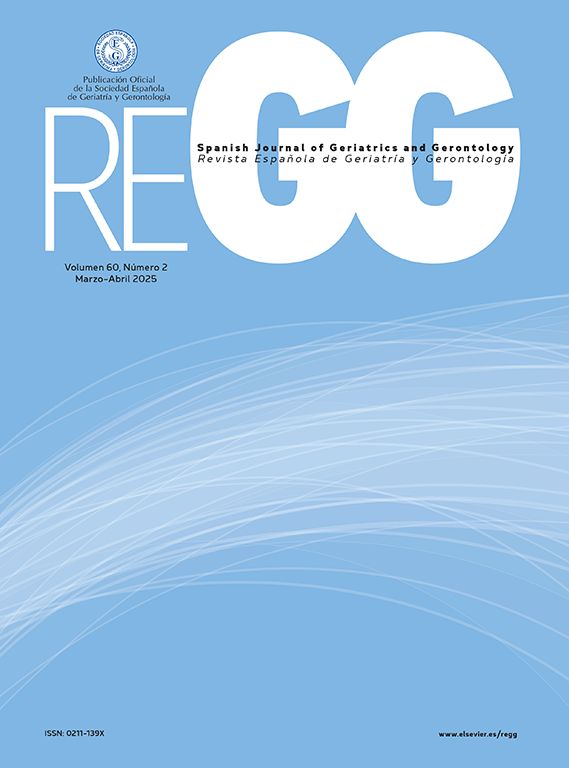Evaluar un programa de actividad física en adultos mayores (AM) en parámetros de cambio a nivel de presión arterial, motilidad, índice de masa corporal y síntomas subjetivos.
Material Y métodoMuestra no probabilística. Los participantes eran evaluados antes y después de finalizar las actividades. Se descartaron todos aquellos que presentaban patología grave no controlada, tales como insuficiencia cardíaca y hemiplejias. Se dividieron en dos grupos: uno tuvo dos reuniones semanales de natación durante tres meses y el otro un programa de CAMPIRA (Camina y Respira) con actividades de tres veces semanales durante tres meses.
Análisis EstadísticoWilcoxon signed rank test para evaluar los parámetros antes y después de la intervención, t test para diferencia de promedios y una alfa de 0,05.
ResultadosParticiparon, 116 mujeres y 18 hombres, el promedio de edad fue de 66 años y la moda de 68 años, 15,67% fumaban, 55,24% presentaban hipertensión arterial (HTA) en tratamiento, 82,84% ingerían algún tipo de fármacos, 23,88% bebían alcohol, 1,5% presentaban arritmia cardíaca y 5,22% diabetes mellitus. Las variables edema, disnea, ortopnea, nicturia, insomio, depresión, síntomas, osteoarticulares, disminuyeron en forma estadísticamente significativa. Peso promedio al ingreso de 68,27 kg (sd= 10,30), al finalizar 67,73 (sd= 13,37), t = 2,47 (95% IC 0,1 a 0,9), Wixcoxon signed rank test para Indice de masa corporal (IMC) z= –3,35, p= 0,001, t test para presión arterial sistólica (PAS) promedio al ingreso de 140,07 (sd= 14,70), al egreso PAS= 132 (sd= 15,98), t test= 4,35 p= 0,0001 (95% 2,8 a 7,5), presión arterial diastólica (PAD) promedio al ingreso= 81,78, al egreso= 80,75, t test= 1,4, p= 1,16. no significativo.
ConclusionesLa actividad física es altamente beneficiosa en coordinación, flexibilidad, PAS, pulso en esfuerzo y síntomas como nicturia, insomnio y dolores osteo articulares. La adherencia al programa presentó variaciones estacionales.
Evaluate a physical activity program in the elderly in parameters of change in blood pressure level, motility, body mass index, subjective symptoms.
Material And MethodsNon-probabilistic sample. The participants were assessed before and after finishing their activities. All those presenting serious uncontrolled pathology such as heart failure and hemiplegias were discarded. They were divided into two groups: one had two weekly swimming sessions for three months and the other a CAMPIRA (walking and breathing) program with activities three times a week for three months.
Statistical AnalysisWilcoxon signed rank test to assess the parameters before and after the intervention, t test for average difference and an 0.05 alpha.
Results116 women and 18 men participated. Average age was 66 years and mode 68 years, 15.67% smoked, 55.24% had arterial hypertension (AHT) under treatment, 82.84% took some type of drugs, 23.88% drank alcohol, 1.5% had cardiac arrhythmia and 5.22% diabetes mellitus. The variables of edema, dyspnea, orthopnea, nycturia, insomnia, depression, symptoms, and osteoarticular decreased in a statistically significant way. The average weight on admission of 68.27 Kg (S.D.= 10.30), at the end 67.73 (S.D.= 13.37), t= 2.47 (95% CI 0.1 to 0.9), Wilcoxon signed rank test for the body mass index (BMI), z= 3.35, p= 0.001, average t test for systolic blood pressure (SBP) on admission of 140.07 (S.D.= 14.70), on discharge SBP= 132 (S.D.= 15.98), t test= 4.35 p= 0.0001 (95% 28 to 75), average diastolic blood pressure (DBP) on admission= 81.78, on discharge= 80.75, t test= 1.4, p= 1.16, non-significant.
ConclusionsThe physical activity is highly beneficial in coordination, flexibility, SBP, pulse on stress and symptoms such as mycturia, insomnia and osteoarticular pains. Adherence to the program presented seasonal variations.






